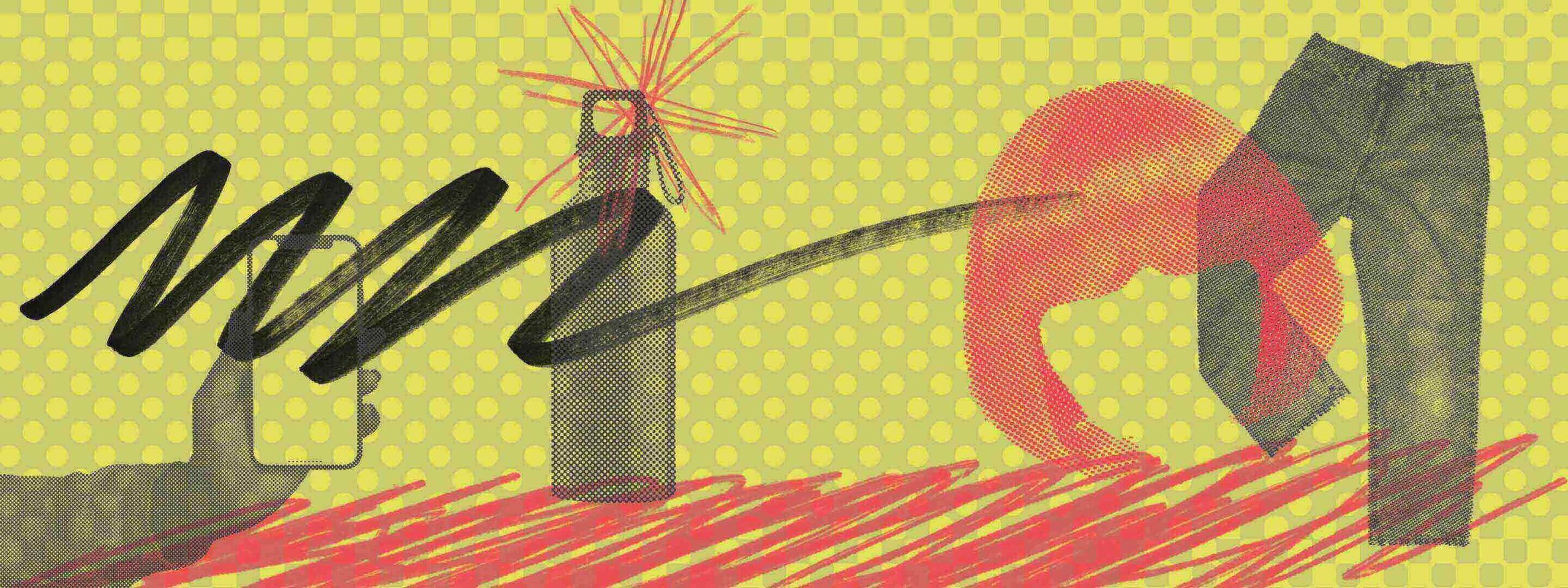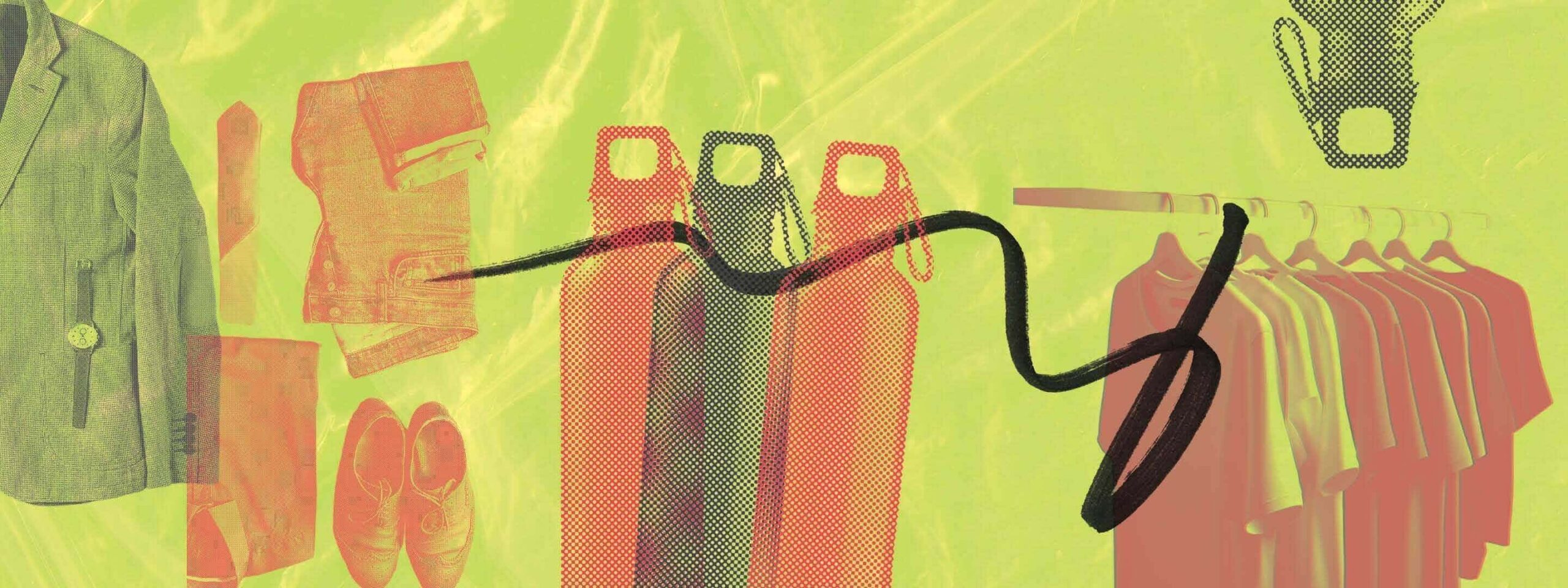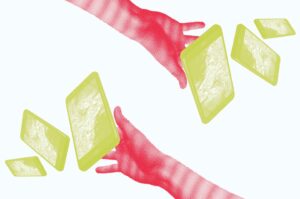The Cost of Staying Current
Paul Guzman

Social Media leading to waste
When you think about trends, what comes to mind? Skinny jeans or those baggy pants everyone is wearing? Or maybe the new hottest hair color: goodbye platinum blonde, hello cowboy copper! These trends and many others in our modern age have been fueled by social media and the desire to keep up with what’s trending. After all, being able to fit in with the crowd is what makes you feel like you belong.
While trends are not new, their forms have evolved with changes in how people connect and engage with one another. Today, social media has caused a distinct change in the nature of trends: they are constantly, sometimes daily, being created, updated, changed, and discarded for the next hot item. The rise of TikTok has influenced a shortening of our content, our attention spans, and how long a new purchase or interest delivers that elusive hit of dopamine.
Social media has become a central tool for companies and marketers to reach their target consumers. Through influencers, content trends, and constant messaging, we’re made to believe that we need certain products to enhance our lives. Companies drive trends by creating a sense of urgency, using artificial supply and demand to pressure consumers to act quickly or risk missing out. This kind of content makes us feel as though we are constantly missing a vital element of our wardrobes, fueling a continuous cycle of material consumption. It’s designed to keep us hooked and reward us with a hit of dopamine when we buy to ensure we keep spending our limited funds.

It’s easy to see why so many people are drawn to trends as they often use them to express themselves. Trends provide a sense of visibility and connection, allowing individuals to feel like they belong to a larger community of people who share the same interests—using trends to feel seen and feel like they belong to a more extensive community of people sharing common interests.
However, these trends have produced the overconsumption of material waste that impacts our environment—one recent example: the Stanley Cup. Stanley is a stainless-steel bottle that comes in a myriad of different trendy colors, but unlike the Swell, the Yeti, or the Hydro flask before it, the Stanley comes with a handle and a straw! Videos on TikTok and Instagram have romanticized the cup, giving it brand awareness and associating it with the affluent “clean girl” aesthetic. Additionally, content trends such as “get ready with me to go out with my Stanley” helped popularize all the fun accessories you can add to your cup, such as a phone holder, miniature backpack for your cards and keys, clips for your ChapStick, ring/pill holder, an electric fan and so much more. Through online trends and timely collaborations with movies or other brands, the Stanley evolved from a receptacle for water to an essential accessory that everyone needed to have. But just one Stanley isn’t enough! The true Stanley stans needed it in every color and limited-edition variation to ensure it matched their outfit or chosen aesthetic. Owning more than one cup is reasonable, but when enjoyment turns to hoarding dozens of stainless-steel tumblers, it defeats the whole point of reusable water bottles. Now, since the Stanley Cup trend has been slowly dying, people who have bought an excessive number of cups are trying to get rid of them. Some Stanley enthusiasts will even admit that they never used some of the cups in their collection, let alone reused them—which further exemplifies how this trend contributed to more waste rather than preventing it.

Breaking the Cycle: How to Resist Fast Fashion and Overconsumption
Another prevalent trend that produces mass amounts of waste is fast fashion. Also fueled by TikTok, fast fashion has become ever more rampant. Companies like Shein, Temu, and Wish have encouraged mass overconsumption through their low prices and poor quality, further exacerbated by “haul” videos in which users will buy dozens of items to unbox and show off to their audiences. This further promotes mass consumption and reinforces the idea that purchasing excessive items is normal. Another downside of fast fashion is that as consumers become accustomed to spending less and less money on these items, the quality of the clothing becomes worse and worse. Ultimately, it becomes a cycle of waste: a popular trend influences you to buy an item; the item’s poor quality causes it to have a short lifespan, leading you to throw it away, buy the next hot thing, and repeat the cycle.
One solution to the over saturation of trends is to reflect on your own actions and choices, especially in the fast-paced world of social media. Platforms like TikTok and Instagram encourage quick consumption by making trends feel urgent and essential. Thinking more objectively about whether a trend serves your purpose helps prevent impulsive purchases of items that quickly lose relevance. The goal isn’t to rebel against what’s popular (although that would be cool) but to engage more critically with what you buy into.
At the end of the day, it’s not the trends that hold lasting value—it’s you. Trends may come and go, but your choices reflect your unique identity. Social media may amplify the desire to fit in, but your thoughtful actions (or inaction) can help break the cycle of overconsumption, making a real impact on both your life and the environment. Remember, these trends are fleeting, but the positive effects of your intentional decisions can last.



